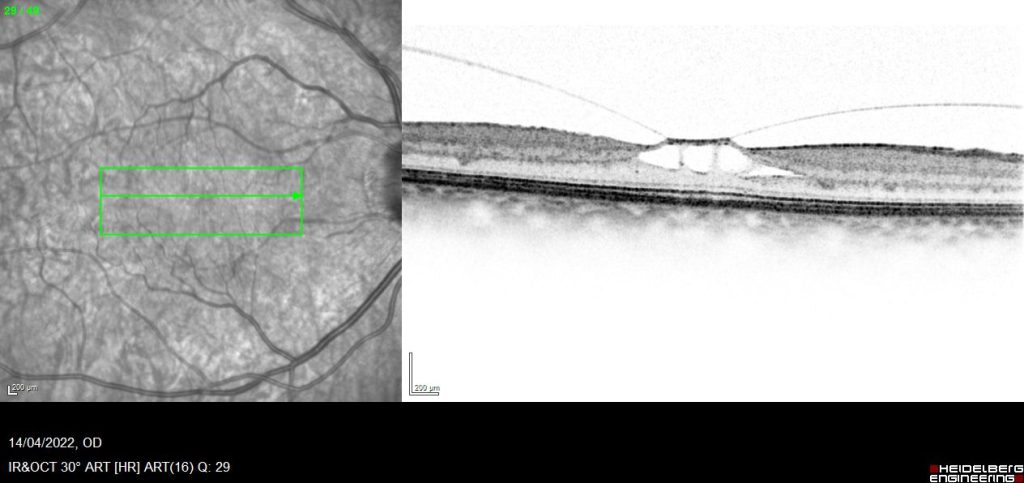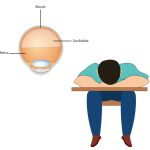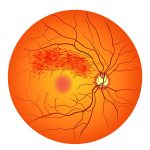Vitreo-Macular Traction Syndrome (VMTS)
What is Vitreomacular Traction Syndrome (VMTS)?
Vitreomacular traction is a condition that occurs when the gel-like substance in the center of the eye (vitreous) pulls on the retina, the light-sensitive layer at the back of the eye. This traction can cause the retina to become detached, leading to vision loss.
What causes Vitreomacular Traction Syndrome (VMTS)?
As we age, the vitreous shrinks. In some people, while shrinking, the vitreous may pull on the retina. The pulling of the retina leads to traction. Other factors that may increase the risk of VMTS include high myopia (nearsightedness), previous eye surgery, and trauma to the eye.
What are the symptoms of Vitreomacular Traction Syndrome (VMTS)?
The symptoms of VMTS can vary, but may include:
- Blurred vision.
- A decrease in visual acuity (sharpness of vision)
- Distorted vision (straight lines appearing wavy)
- “Double vision”
How is Vitreomacular Traction Syndrome (VMTS) diagnosed?
Your eye doctor can diagnose VMTS with a comprehensive eye exam. The doctor will examine the retina on a slit-lamp with a special lens and will also use a test called optical coherence tomography (OCT) to take detailed images of the retina and vitreous.
What are the treatment options for Vitreomacular Traction Syndrome (VMTS)?
The goal of treatment for VMTS is to release the traction on the retina and prevent vision loss. Treatment options include:
- Observation: If the traction is mild and not affecting vision, your doctor may recommend simply monitoring the condition and checking for any changes.
- Vitrectomy: This is a surgical procedure in which the vitreous is removed from the eye. The procedure is performed under local or general anesthesia and typically takes about an hour.
- Injection of a pharmacological agent: This is a non-surgical treatment in which a special drug is injected into the eye to help dissolve the vitreous gel and release the traction on the retina. The results of this treatment are variable and is not performed in Pakistan.
What can I expect after treatment for Vitreomacular Traction Syndrome (VMTS)?
The recovery time after treatment for VMTS varies, depending on the type of treatment you receive. You should expect to rest your eyes for several days after vitrectomy and you may need to wear an eye patch or use anti-biotic drops. Your doctor will provide you with specific instructions for care after your treatment.
What are the potential complications of Vitreomacular Traction Syndrome (VMTS) treatment?
As with any medical procedure, there is a risk of complications with treatment for VMTS. Potential complications of a vitrectomy procedure include infection, bleeding, retinal detachment, cataract formation, and vision loss. Follow up OCT scans are usually done to evaluate treatment success. Most patients do very well indeed after treatment for VMTS.




